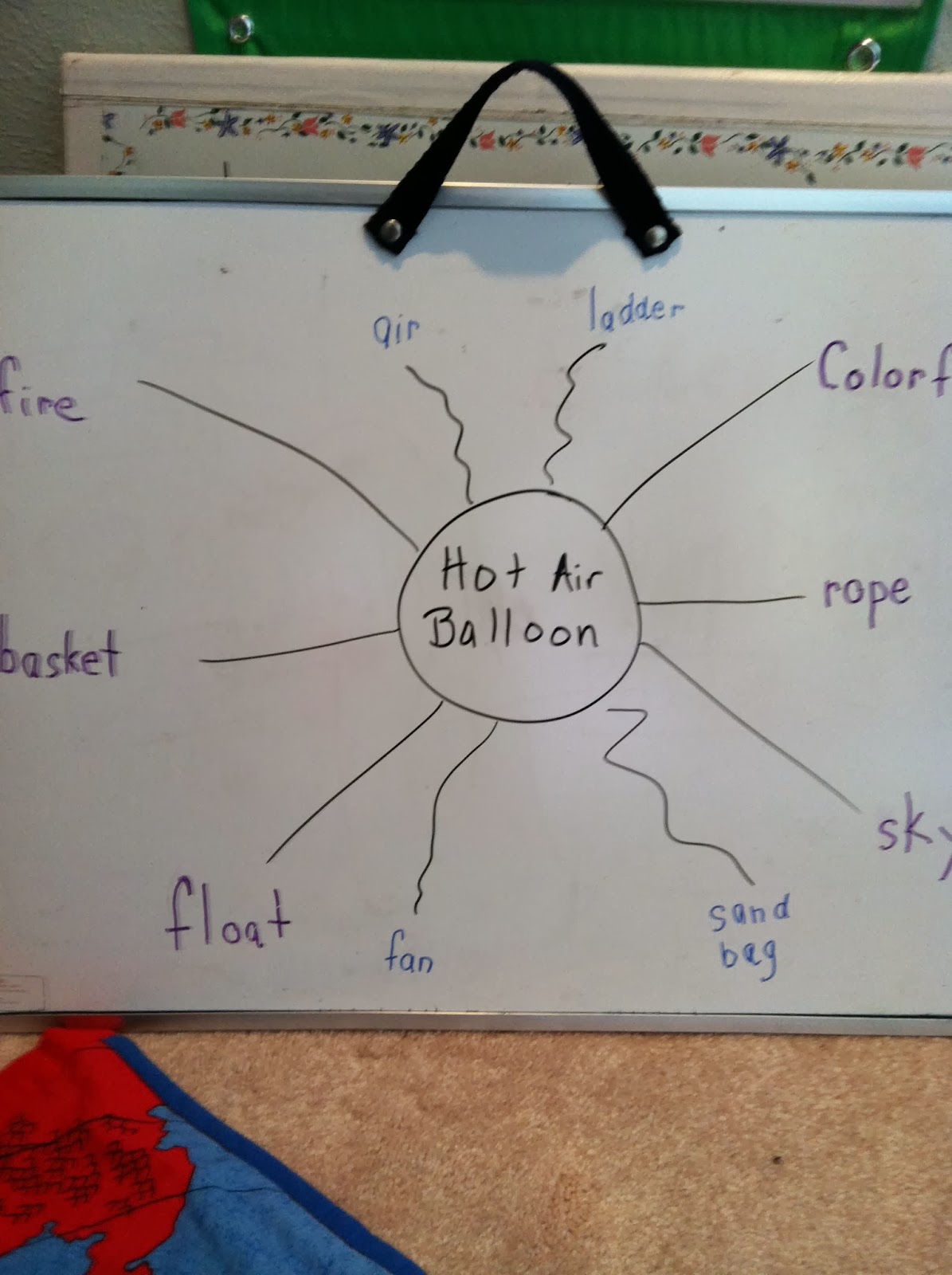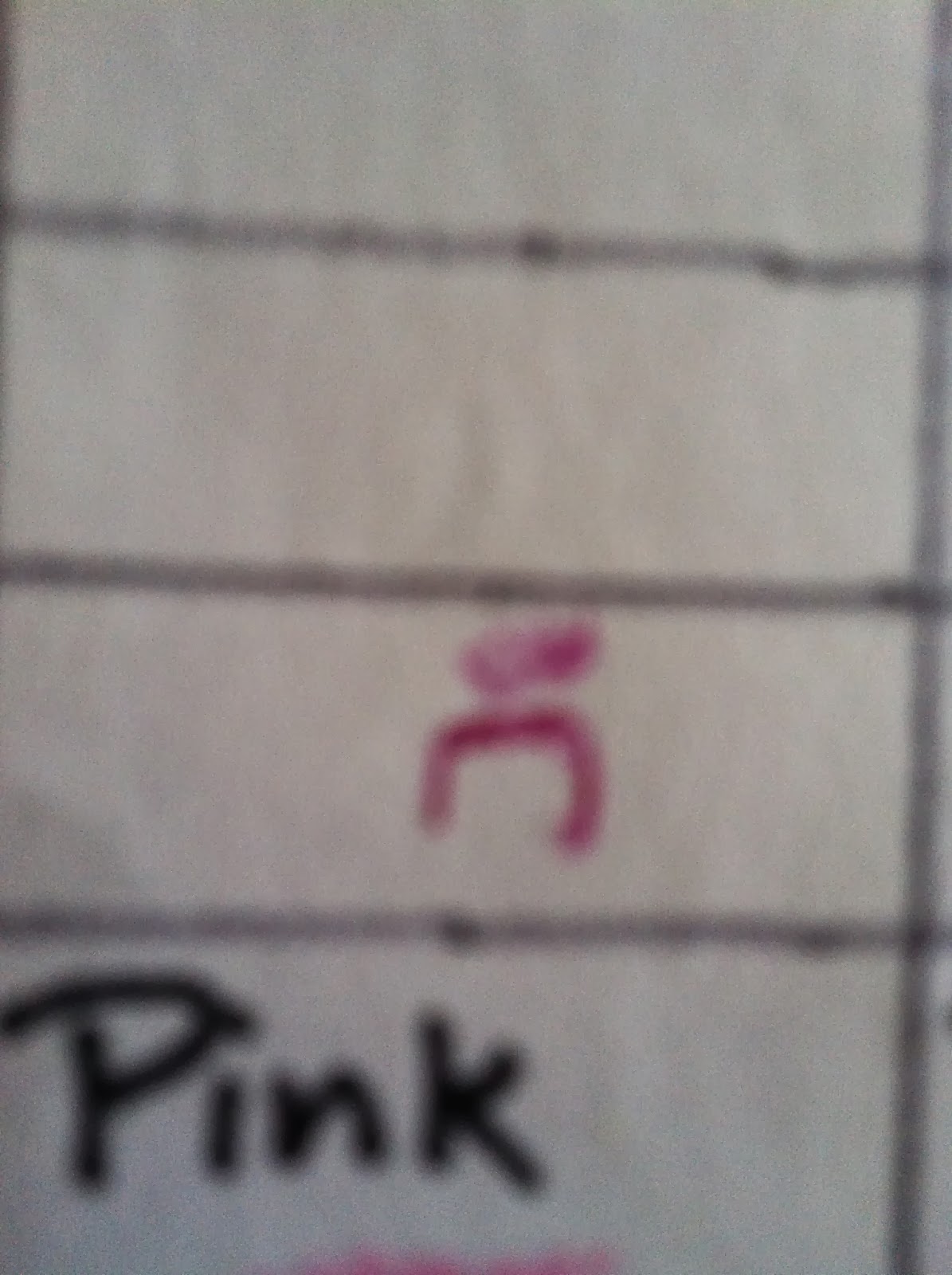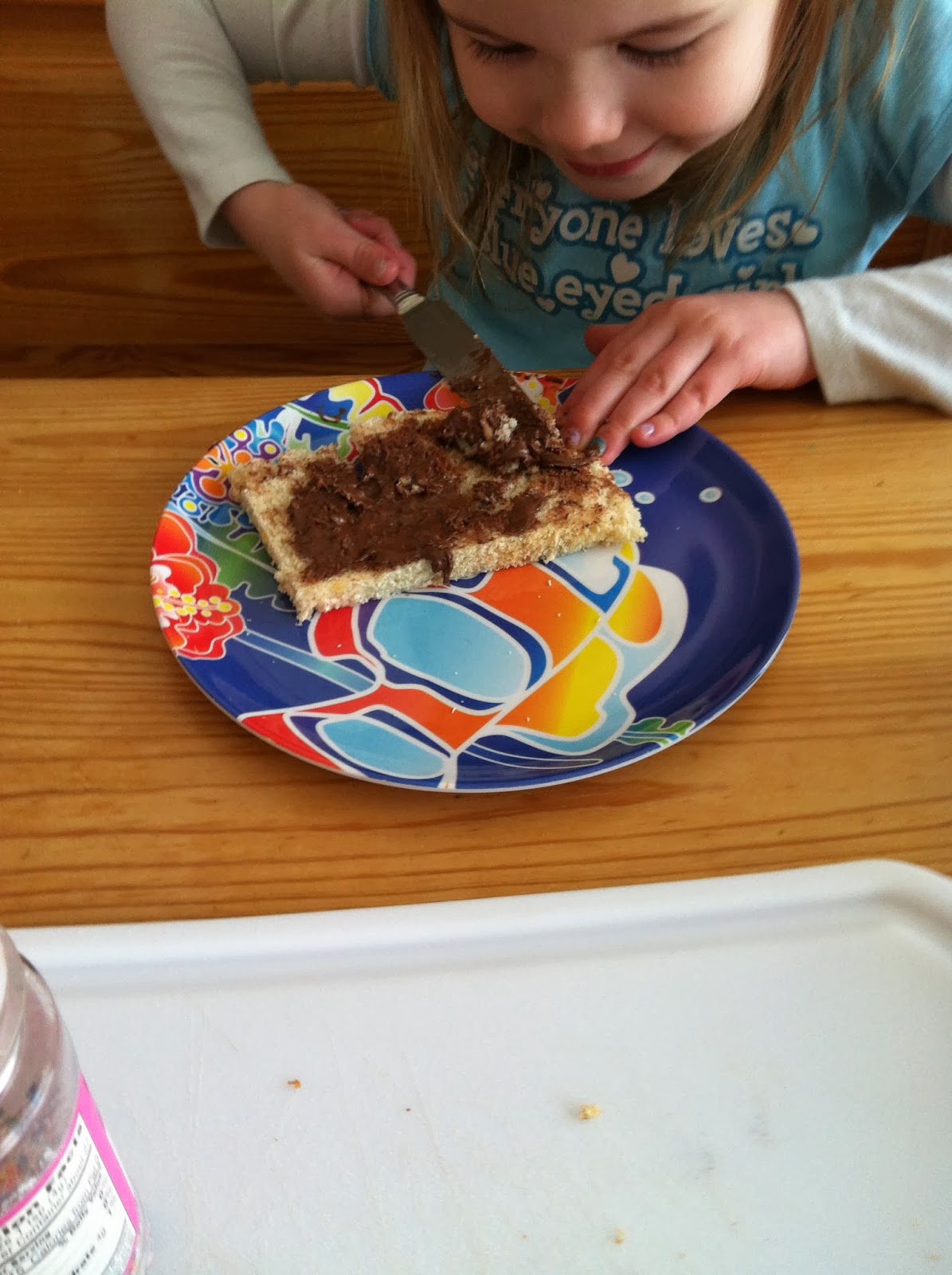My sweet little students shared their colds with me and I was feeling under the weather so today's activities were minimal. To make me feel better they decided to use our "Valentimes" hearts and decorate the sliding door and then rearranged the hearts to make it perfect.
While I worked on getting the last minute things ready for the day, the students decorated the door, and worked on a new puzzle to learn how to tie shoes. They put a lot of effort into lacing the puzzles and then tying the shoes. Mostly all I got was some pretty crazy/creative knots in the shoelaces, but we take it one step at a time.
Then to take a brain break (their idea) they got out the bean bag chairs and read a couple of books. [FYI - a brain break is when we take a couple of minutes for our brain to process the things that we have learned. Taking the information from working memory and storing it in long term memory.] I thought it was cute at first and then I realized that they truly grasp the purpose for a brain break. They had worked hard and their brains needed time to process what they had done.
Once the large graph was ready we started our morning circle time. We made our first bubble chart, which the students decided to call it a 'spider' chart because I forgot to put bubbles around all the information. We started the chart with information that we knew about Hot Air Balloons (information in purple and on the straight lines).
We learned more by reading "Curious George and the Hot Air Balloon" by Margret & H. A. Rey. The information we learned about hot air balloons we added to our chart (information in blue and on the squiggly lines).
For homework last week the students filled out "My Traffic Report" where they made a mark in the column of different colored cars that they saw as they traveled home.
Each student took their graph and used the data to complete our class' "Traffic Report" chart. Since one student used a tally mark on her chart she used a tally mark on our class' chart. The other student had made an 'x' on her graph so she did the same on our chart.
On the individual charts they had indicated which color of car they saw the most. So on our class chart
we put a happy face on the column with the most and
a sad face on the column with the least. They chose the sad face because they had not seen a single pink car. So sad! One student noticed that her chart showed that blue and white were tied, but our class chart showed that only white was the winner. We discussed how it was possible for the individual data of which had the most could be different from our class' chart. We also made note that on all the charts that Pink was the same with 0 cars. It was decided that they would drive pink cars so preschool kids would be able to see pink cars.
For snack we made hot air balloons. We started with a slice of bread (crusts removed) and spread some Nutella on it (usually an easy task for adults but is challenging for four-year-olds)
then we added candy sprinkles just to add some color (and crunch when we ate it). We rolled up the bread and cut it into three rolls. (The idea came from http://smartpartyplanning.com/fabulous-fairy-bread/.)
We used one roll for the balloon, celery sticks for the ropes, a graham cracker for the basket, and a baby carrot halved for the people. Above are the two variations of the hot air balloon snack. We used our extra celery sticks to dip into our extra Nutella and decided that we like Nutella and celery too. Another day we will have to do an experiment - a side by side test to see if we like Nutella or peanut butter best in our celery sticks. This was all we got done today. The students were picked up half an hour early.
For homework was three worksheets a hot air balloon dot to dot picture, from http://www.dottodots.net/preview/Hot_Air_Balloon_And_Clouds_Dot-To-Dot; a vehicle match from http://www.first-school.ws/t/ap/helicopter_ap1.html; and a beginning sound worksheet from DLTK-Teach.com.































































